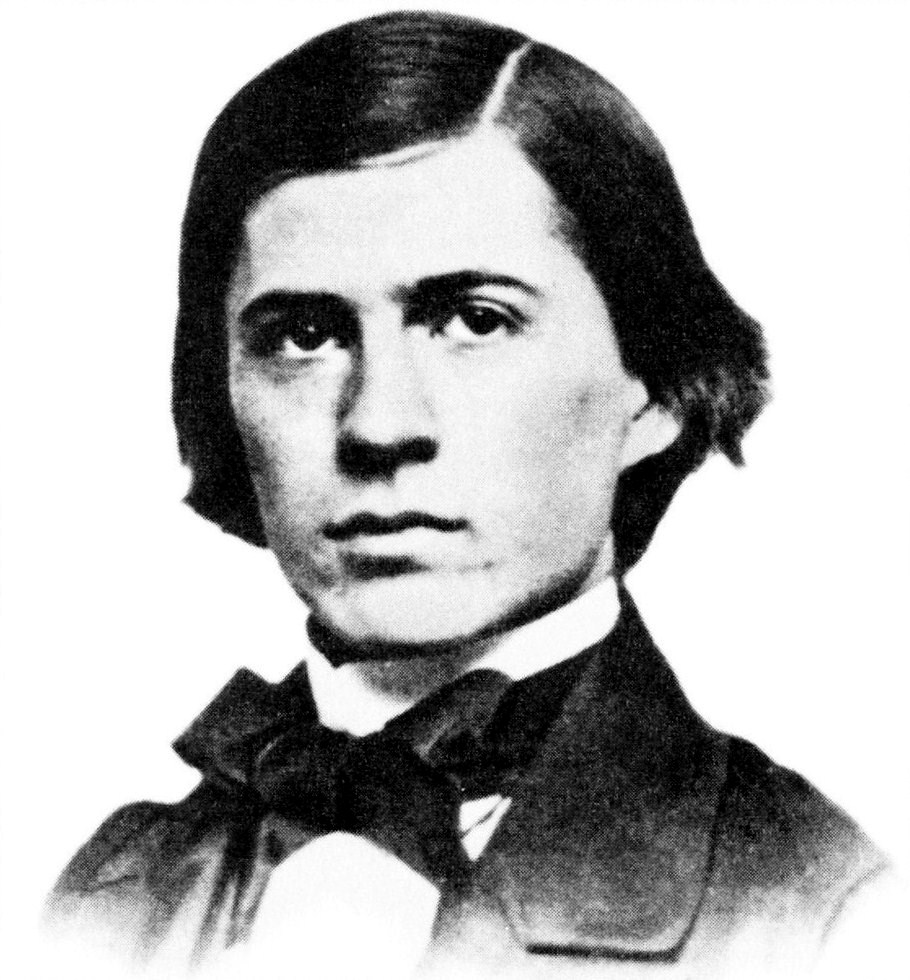|
Use-centered Design
Use-centered design is a design philosophy in which the focus is on the goals and tasks associated with skill performance in specific work or problem domains, in contrast to a user-centered design approach, where the focus is on the needs, wants, and limitations of the end user of the designed artifact. Bennett and Flach (2011) have drawn a contrast between dyadic and triadic approaches to the semiotics of display design. The classical 'user-centered' approach is based on a dyadic semiotic model where the focus is on the human-interface dyad. This approach frames 'meaning' as a process of interpreting the symbolic representation. That is, meaning is constructed from internal information processes. From this dyadic perspective, the design goal is to build interfaces that 'match' the users internal model (i.e., match user expectations). In contrast, the 'use-centered' approach is based on a triadic semiotic model that includes the work domain (or ecology) as a third component of ... [...More Info...] [...Related Items...] OR: [Wikipedia] [Google] [Baidu] |
Usage-centered Design
Usage-centered design is an approach to user interface design based on a focus on user intentions and usage patterns. It analyzes users in terms of the roles they play in relation to systems and employs abstract (essential) use cases for task analysis. It derives visual and interaction design from abstract prototypes based on the understanding of user roles and task cases. Usage-centered design was introduced by Larry Constantine and Lucy Lockwood. The primary reference is their book. Usage-centered design methods Usage-centered design is largely based on formal, abstract models such as models of interaction between user roles, UML workflow models and task case and role profiles. Usage-centered design proponents argue for abstract modelling while many designers use realistic personas, scenarios and high-fidelity prototypes. The techniques have been applied with particular success in complex software projects, some of which have been reported in case studies.See, for exam ... [...More Info...] [...Related Items...] OR: [Wikipedia] [Google] [Baidu] |
User-centered Design
User-centered design (UCD) or user-driven development (UDD) is a framework of processes in which usability goals, user characteristics, environment, tasks and workflow of a product, service or brand are given extensive attention at each stage of the design process. This attention includes testing which is conducted during each stage of design and development from the envisioned requirements, through pre-production models to post production. Testing is beneficial as it is often difficult for the designers of a product to understand the experiences of first-time users and each user's learning curve. UCD is based on the understanding of a user, their demands, priorities and experiences, and can lead to increased product usefulness and usability. UCD applies cognitive science principles to create intuitive, efficient products by understanding users' mental processes, behaviors, and needs. UCD differs from other product design philosophies in that it tries to optimize the produ ... [...More Info...] [...Related Items...] OR: [Wikipedia] [Google] [Baidu] |
Design Philosophy
A design is the concept or proposal for an object, process, or system. The word ''design'' refers to something that is or has been intentionally created by a thinking agent, and is sometimes used to refer to the inherent nature of something – its design. The verb ''to design'' expresses the process of developing a design. In some cases, the direct construction of an object without an explicit prior plan may also be considered to be a design (such as in arts and crafts). A design is expected to have a purpose within a specific context, typically aiming to satisfy certain goals and constraints while taking into account aesthetic, functional and experiential considerations. Traditional examples of designs are architectural and engineering drawings, circuit diagrams, sewing patterns, and less tangible artefacts such as business process models.Dictionary meanings in the /dictionary.cambridge.org/dictionary/english/design Cambridge Dictionary of American English at /www.diction ... [...More Info...] [...Related Items...] OR: [Wikipedia] [Google] [Baidu] |
Charles Sanders Peirce
Charles Sanders Peirce ( ; September 10, 1839 – April 19, 1914) was an American scientist, mathematician, logician, and philosopher who is sometimes known as "the father of pragmatism". According to philosopher Paul Weiss (philosopher), Paul Weiss, Peirce was "the most original and versatile of America's philosophers and America's greatest logician". Bertrand Russell wrote "he was one of the most original minds of the later nineteenth century and certainly the greatest American thinker ever". Educated as a chemist and employed as a scientist for thirty years, Peirce meanwhile made major contributions to logic, such as theories of Algebraic logic, relations and Quantifier (logic), quantification. Clarence Irving Lewis, C. I. Lewis wrote, "The contributions of C. S. Peirce to symbolic logic are more numerous and varied than those of any other writer—at least in the nineteenth century." For Peirce, logic also encompassed much of what is now called epistemology and the philoso ... [...More Info...] [...Related Items...] OR: [Wikipedia] [Google] [Baidu] |
Usability
Usability can be described as the capacity of a system to provide a condition for its users to perform the tasks safely, effectively, and efficiently while enjoying the experience. In software engineering, usability is the degree to which a software can be used by specified consumers to achieve quantified objectives with effectiveness, efficiency, and satisfaction in a quantified context of use. The object of use can be a software application, website, book, tool, machine, process, vehicle, or anything a human interacts with. A usability study may be conducted as a primary job function by a ''usability analyst'' or as a secondary job function by designers, technical writers, marketing personnel, and others. It is widely used in consumer electronics, communication, and knowledge transfer objects (such as a cookbook, a document or online help) and mechanical objects such as a door handle or a hammer. Usability includes methods of measuring usability, such as needs analysis and ... [...More Info...] [...Related Items...] OR: [Wikipedia] [Google] [Baidu] |

